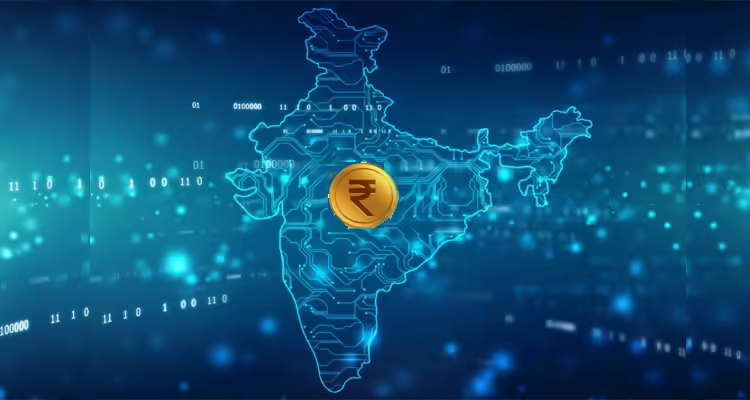
New Delhi: India is on track to become a $1 trillion digital economy by 2028, driven by substantial advancements in its financial ecosystem, according to a report by Ask Capital. Key factors fueling this transformation include widespread internet penetration, the affordability of 4G and 5G services, and various government digital initiatives.
India has established itself as a global frontrunner in real-time payments, largely due to innovations like the Unified Payments Interface (UPI), which is projected to account for 90% of total retail digital payments by 2027. The country’s transition to a cashless economy, spurred by increasing smartphone usage and the rise of e-commerce, is reshaping sectors such as finance, education, healthcare, and travel.
Government programs like the Pradhan Mantri Jan Dhan Yojana (PMJDY) and Direct Benefit Transfer (DBT) schemes have played a pivotal role in enhancing financial inclusion across the nation. With over 1.2 billion telecom subscribers and nearly 954 million internet users, including significant growth in rural areas, digitalization is permeating deeper into Indian society.
The Telecom Regulatory Authority of India (TRAI) has reported a remarkable 21.69% annual increase in wireless data usage, driven by the adoption of 4G and 5G technologies. The report also forecasts that the digital economy’s contribution to GDP will soar from 4.5% in 2014 to 20% by 2026.
Sectors such as healthcare are undergoing significant digital transformation, supported by initiatives like the Ayushman Bharat Digital Mission (ABDM) and e-Sanjeevani, which aim to enhance access to medical services. The education sector has also rapidly shifted to digital platforms, particularly in the aftermath of the Covid-19 pandemic.
India’s digital payment transactions, which grew by 50.8% between 2017 and 2023, are projected to reach a total value of $10 trillion by 2026. Additionally, the Reserve Bank of India’s proposed Unified Lending Interface (ULI) aims to simplify credit access, especially for small and rural borrowers.
The report highlights that India’s digital journey is more than just a financial evolution; it represents a significant shift towards inclusivity, driving the nation toward its ambitious goal of a $1 trillion digital economy by 2028.



